McLean Mill National Historic Site is tucked away in the woods of Vancouver Island’s Alberni Valley. My recent visit there with my brother seemed like a bust. But I had a feeling that I was missing something. On first glance, McLean is a ragtag collection of old wooden buildings and silent machinery in the summer of Covid-19. Join me as I start digging deeper and uncover layers of life and story in McLean Mill’s past.
Disclosure: This post contains affiliate links. If you buy something from one of our affiliates, we receive a small commission at no extra charge to you. Thanks for helping to keep our blog up and running!
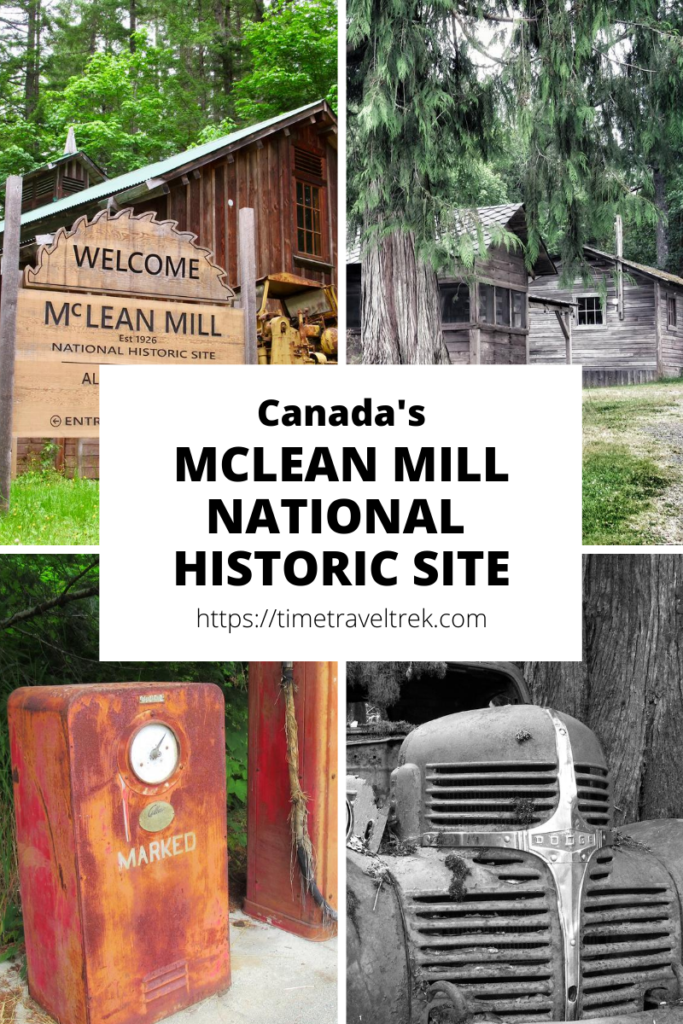
Table of Contents
What is the McLean Mill National Historic Site?
The McLean Mill is a rarity – the only remaining, somewhat intact, example of an early to mid-1900s, logging and lumber operation with a steam-powered sawmill in British Columbia. The family-run mill ran from 1925 to 1965. The mill was started by Robert B. McLean and continued to be run by his three sons, Walter, Philip and Arnold. As a result of its history, McLean was designated a national historic site in 1989.
Situated on 13 hectares of forested land, the site includes an operational, steam-operated sawmill, various homes and offices, a bunkhouse and cookhouse, wooden garages and a blacksmith shop, a mill pond, and a variety of additional outbuildings. There are antique trucks and cars, a Buda engine and a steam donkey (more about this later). Sounds like an amazing place to visit – so how could our visit possibly be a bust?
Visiting McLean Mill
My brother and I get together once a year for a day with just the two of us. We choose someplace on Vancouver Island or side islands that we want to see. One year I chose Quadra Island – to re-visit the old farm our family rented and the house that our dad built. The next year Mark chose Denman Island. This year it’s McLean Mill National Historic Site. I chose it because it’s full of Canadian history, something we both appreciate.
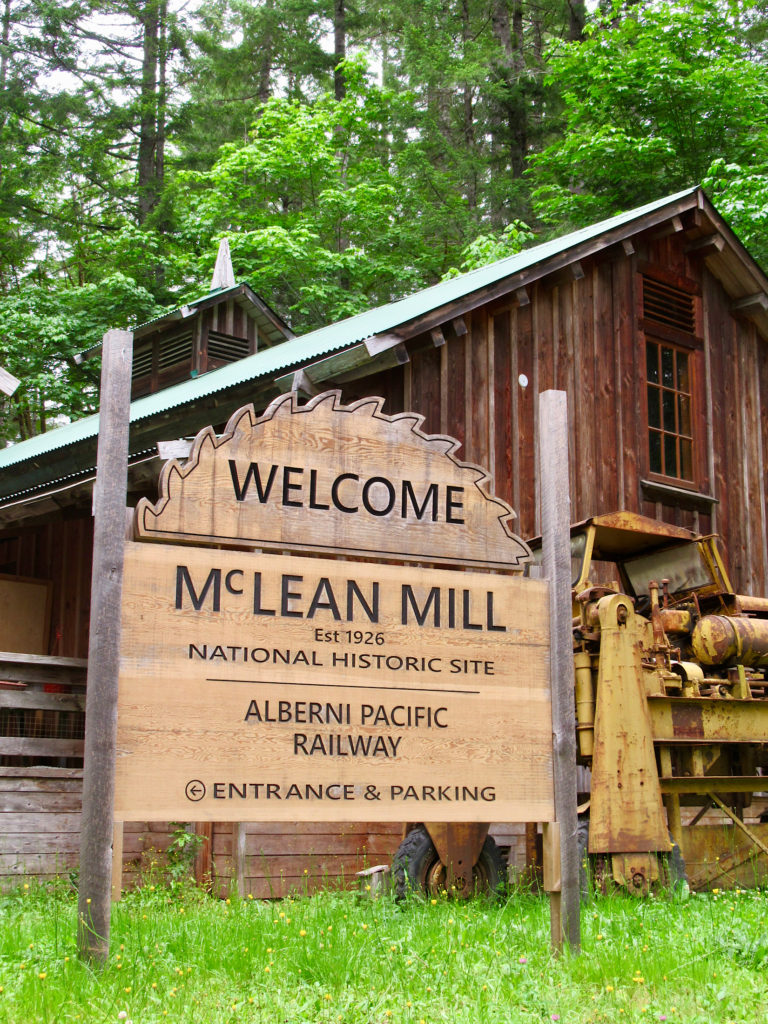
We drive along the winding road towards Port Alberni, excited by the adventure. The sun is shining as we wind our way through Cathedral Grove, light filtering through the giant Douglas fir trees. Arriving an hour earlier than the 10 a.m. opening of the historic site, we wander the waterfront along Harbour Quay, munching on fresh goodies from the Donut Shop while eyeing up what we were sure is the old Quadra Queen tied up at the dock.
Heading back through town, we get back on the Alberni Highway and started watching for signs for our turn-off to McLean Mill. A little yellow sawblade points the way. We wind through little neighbourhoods, slowly climbing up away from the water. Just as we are about to give up, thinking we have to be on the wrong road, there it is – the entrance to a parking lot that is holding one other car.
Entering the Historic Site
Entrance to the mill site is free of charge. A woman approaches and asks if we needed any information. “No thanks,” we reply, pulling a self-guided tour map from the box just outside the administration office complex which inlcudes washrooms, a gift shop and small cafeteria. Following the short path leading five minutes through the woods, we catch our first glimpse of the mill site.
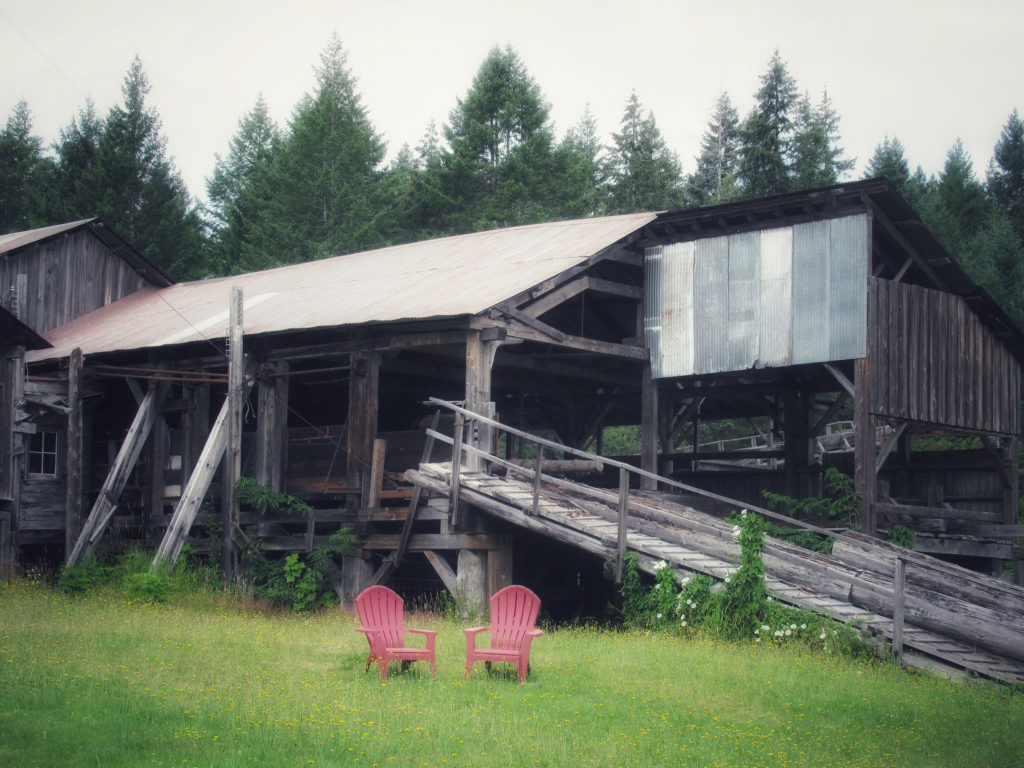
Searching for the Past
Our first impression is that of quiet, deadly quiet, deserted. To clarify, the steam train that used to run from Port Alberni up to the mill is currently not running. The mill itself, although still operational, is silent. The briquettes in the 1926-era blacksmith shop are cold and black.
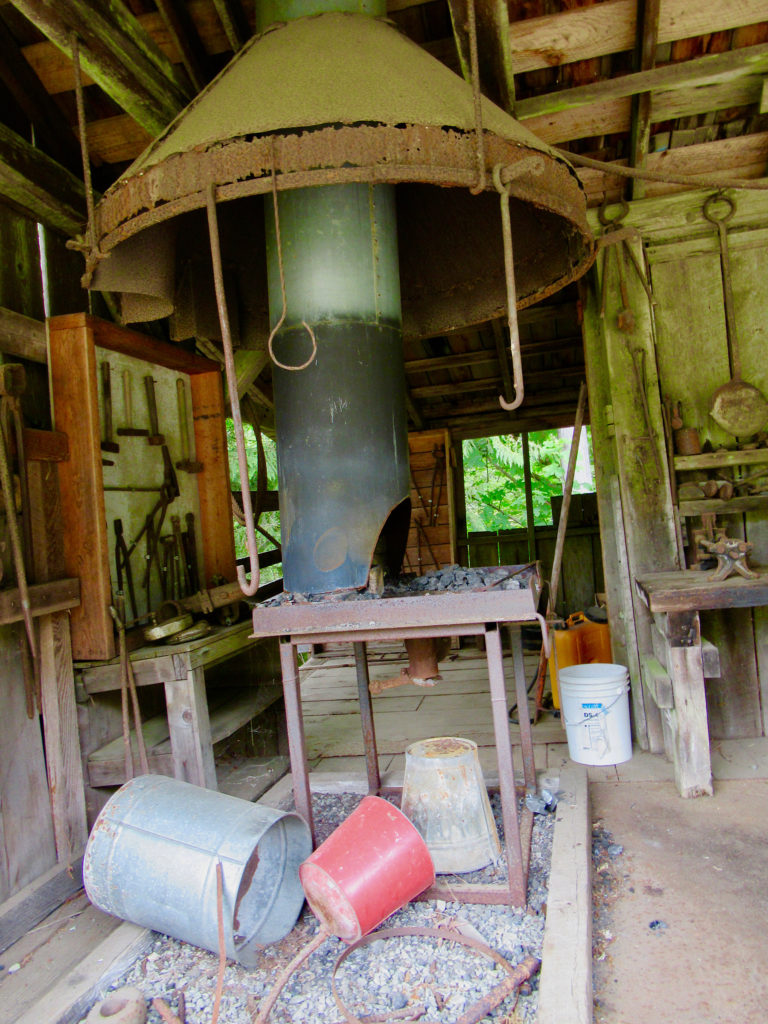
We wander around the back side of the mill where three interpretive panels highlight the three basic stages in the manufacture of lumber: cutting the log in slabs, trimming wood into boards and cutting boards to standard lengths. Our footsteps echo on wooden boardwalks. It is like walking through a ghost town where even the ghost whispers are silent.
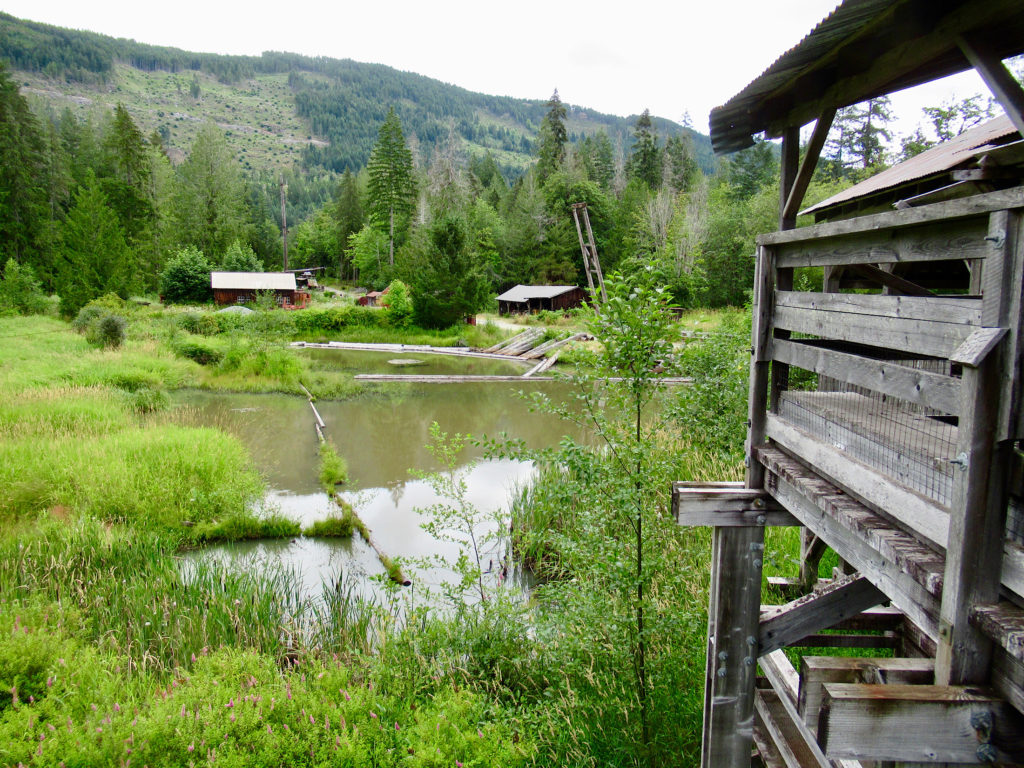
Our slow journey continues past the mill pond to the steam donkey and ‘spar’ tree. Steam donkeys are the workhorses of the era. They provide the power for hauling logs out of the woods to a central collection point. The tall spar tree along with rigging is used to haul timber from further afield. Portable metal bleachers sit forlornly empty off to one side. Completing the tour, we wander back to the entrance and get back in our vehicle feeling a little underwhelmed. The stuff is there. But the story is lacking.
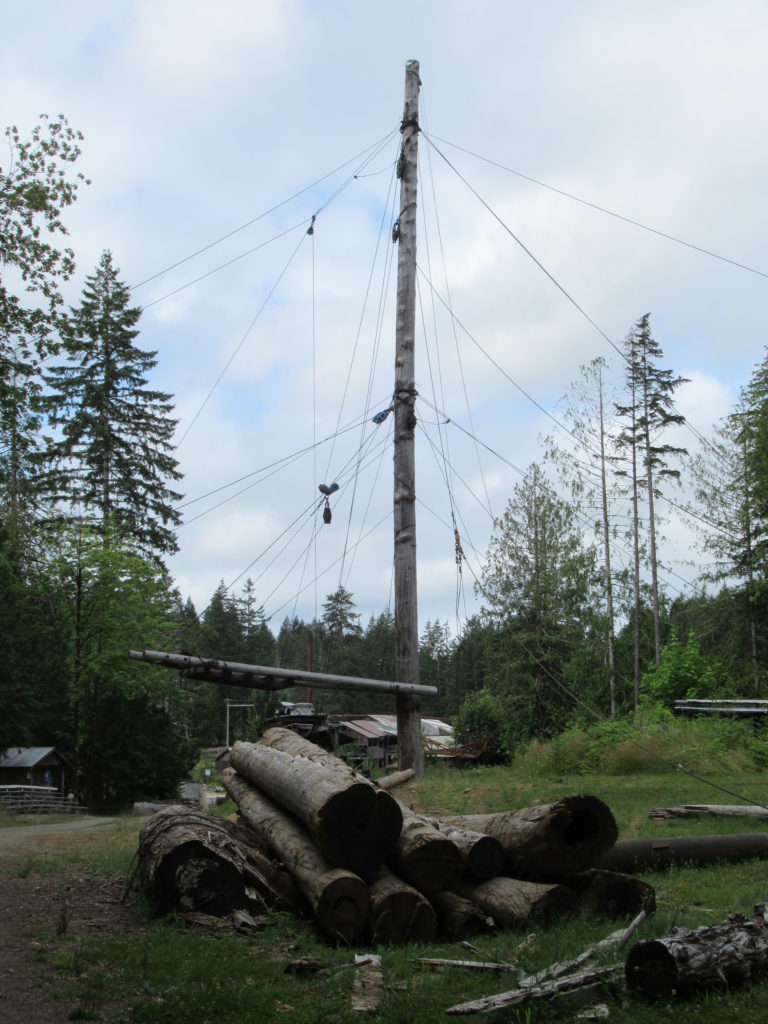
Finding Beauty and Story
The McLean Mill National Historic Site and our visit stays in my mind and I can’t let it go. I start going through the pictures I took, looking closer at the still calmness of the mill pond, the faded colours on rusted door panels, the artistry of randomly stack metal barrels, the weathered cedar shingles and combinations of vertical and horizontal wood siding – they are beautiful. Whispers from the past, echoes of laughter and sounds of machinery humming start coming through.
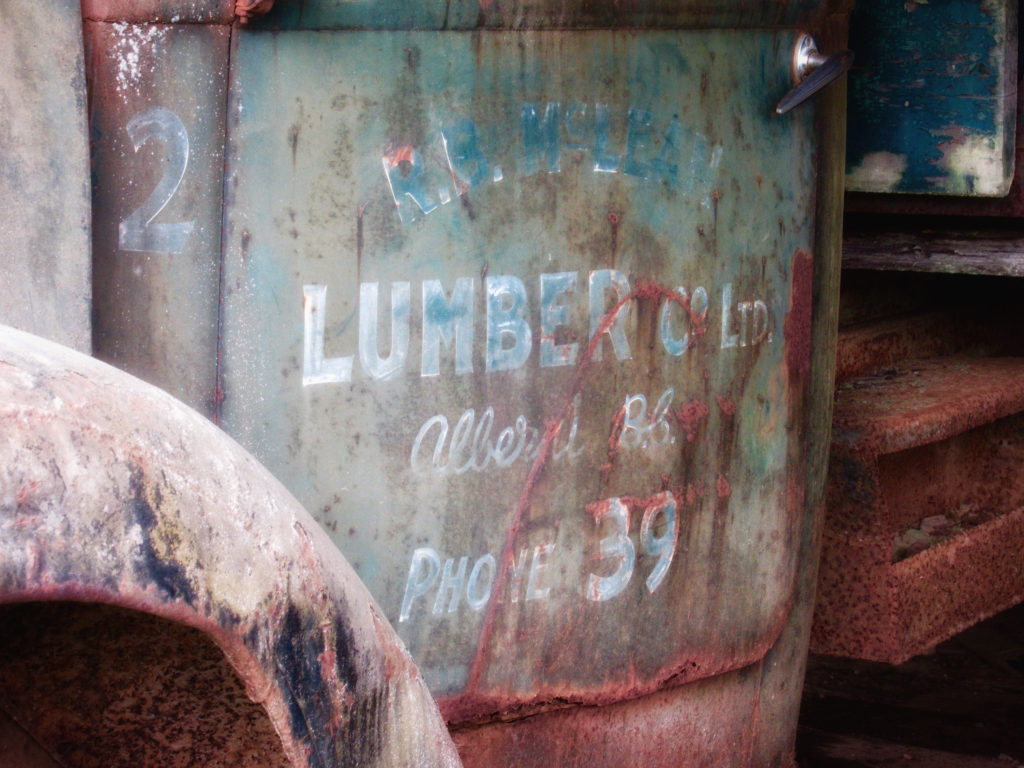
Online Research
Digging in deeper, I do a little online research (see links below) and find pictures of a group of people swimming in the mill pond in 1926; four smiling men standing on the steam donkey in 1946; Arnold McLean and his mother standing on a wooden walkway beside the log pond and holding a pike pole; the cook sitting in the snow outside of the camp kitchen; of Japanese boom man Sigheharu Endo with Zennojo Shigematsu sitting on a log beside him; two little boys in caps, Takashi and Yutaka, sitting on the steps of one of the wooden buildings at the site; a man rolling a cigarette in his hands as he walks in front of the bunkhouse. That man was Jerry White. He died in an accident at the mill in 1958.
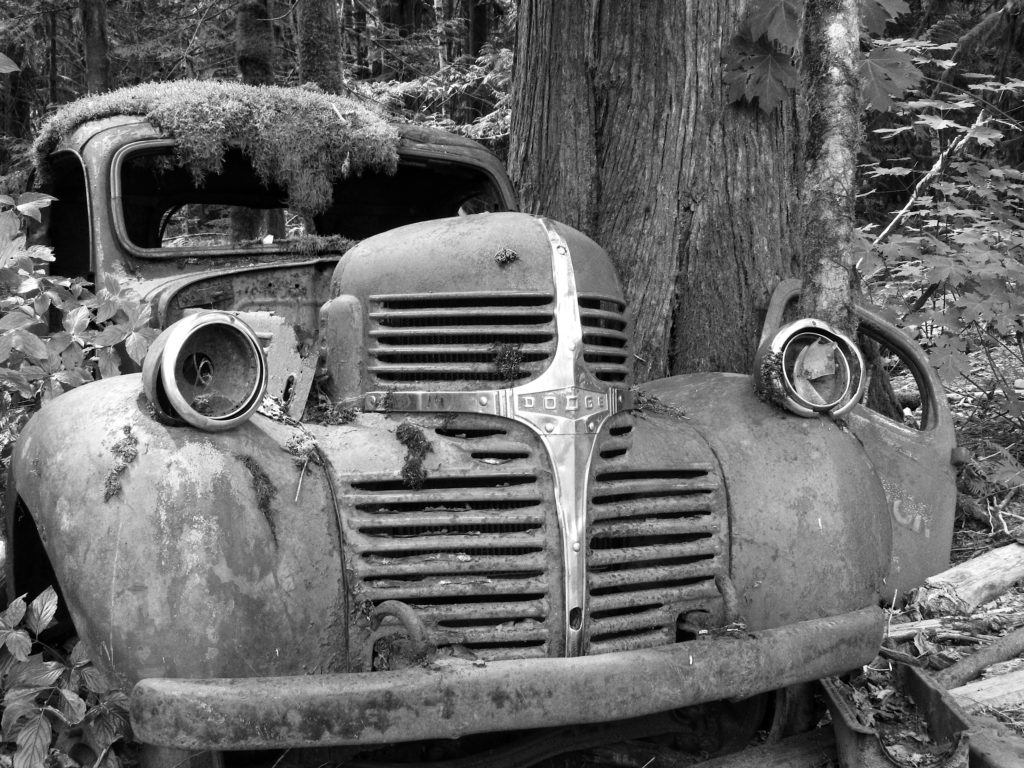
These historic photos shed a whole new light on this place. There is laughter and family times and diversity and sadness. I find backstory. McLean Mill comes to life. Next time I go – and I will go again since my sister has never been, nor my niece or great-nephews – I will arrange to be there when guided tours are available, because it’s people who bring the past to life. I will pay attention to the stories and open my ears to the whispers of the past. A place with this kind of history has a lot to share when you stop to listen.
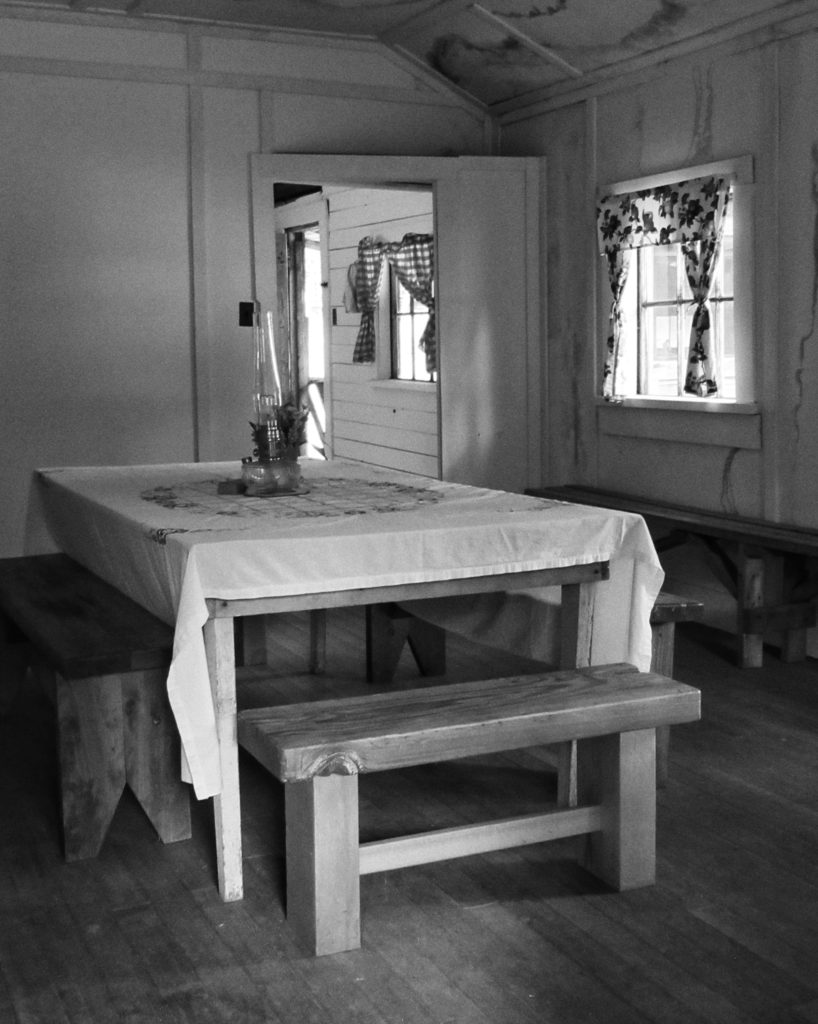
When You Go
You can find general information about the mill and book a tour on the McLean Mill Historic Site website. There is more information on the Parks Canada page and through Canada’s Historic Places site. The Alberni District Historical Society archives include R.B. McLean Company materials accessible to the public. You can visit in person at the Alberni Valley Museum, or inquire by phone or email (contact information on their website). I found the backstory I was searching for by scrolling through their online photo collection, using “McLean Mill” in the keyword search.
Looking for more to do on Vancouver Island? Check out our posts Things to do in North Vancouver Island and Vancouver Island Camping Road Trip: Elk Falls & Rathtrevor Beach Guide


WOW, this is our neck of the woods, almost anyway. I am in Vancouver BC and we have visited Vancouver Island and the Alberni are a number of times. For sure have to check this out whenever we go that way again. RT.
Worthwhile having a peek, for sure!